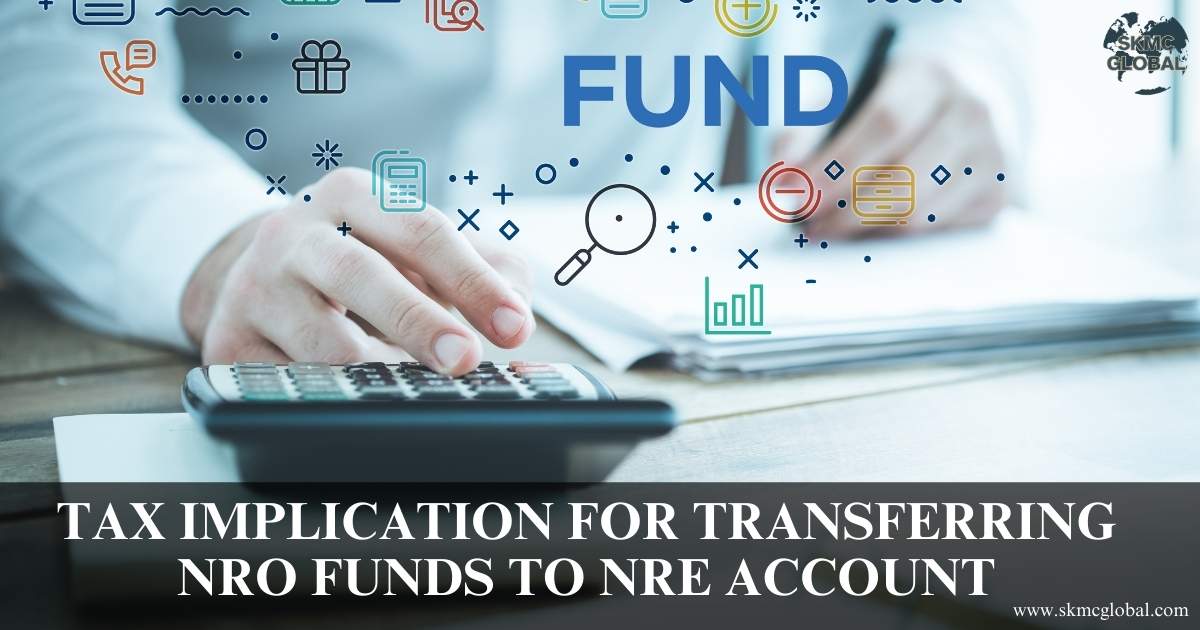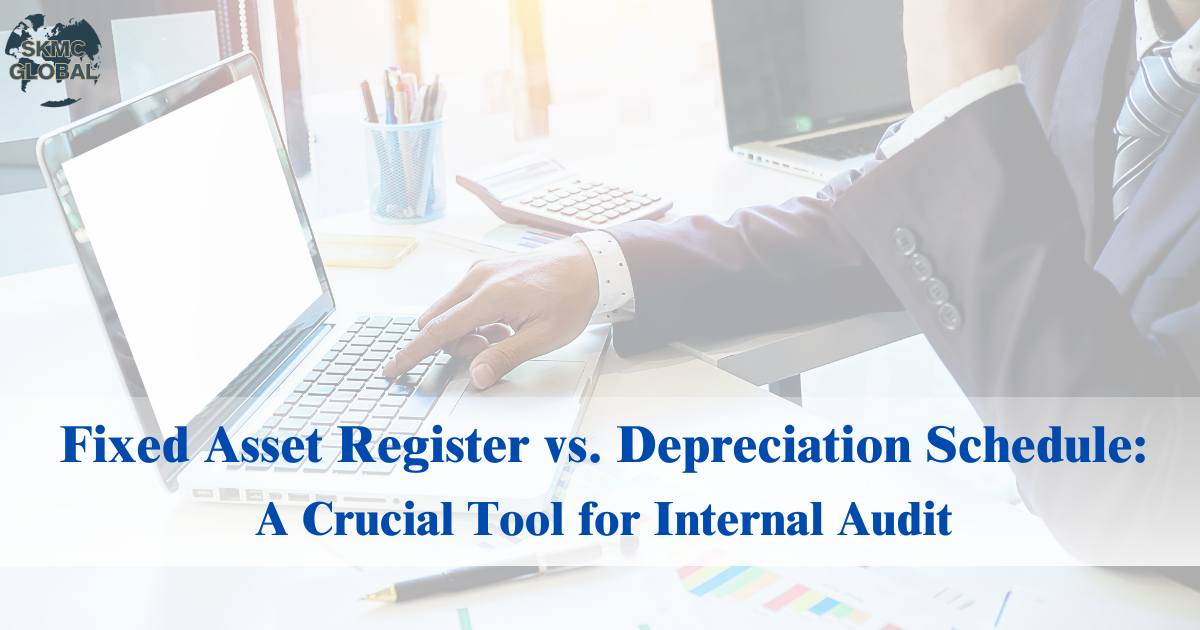
Redeemable preference shares are a unique financial instrument that behave like a combination of equity and debt. They provide a means for companies to raise money for a medium time period and pay investors a predetermined return—like interest—without losing too much control over ownership.
When designed properly, these shares can help companies improve their balance sheet ratios, provide investors with steady and predictable returns, and give businesses more flexibility in managing their capital.
In this article, we’ll break down the key legal, accounting, tax, and regulatory aspects of redeemable preference shares, especially in light of recent government circulars and rule changes.
In this changing financial landscape of the present, redeemable preference shares are finding more and more applications among established corporates as well as rapidly growing firms. As borrowing costs increase and credit markets become more constrained, corporations are opting for structured equity-like products to satisfy funding requirements without assuming too much debt. Redeemable preference shares bridge this gap quite well—they give investors the security of fixed returns and an exit, while issuers gain less dilution and more flexible terms of redemption. As issuers and investors grow more sophisticated, and as regulations become more facilitative, the application of redeemable instruments extends beyond traditional sectors to technology, infrastructure, and services, and they become a central component of innovative capital-raising strategies.
Definition and legal nature
A redeemable preference share is a preference share issued under an obligation (or right) to be repaid at a future date or on the occurrence of specific events by the company. A redeemable preference share in company law is a share (equity in form) but with priority rights with respect to dividend and repayment of capital. Practice-wise, redeemable preference shares have aspects of both debt (fixed term/return) and equity (ownership, restricted voting).
Types and general characteristics
Brief categorization:
- Cumulative vs non-cumulative (dividend accrual).
- Participating vs non-participating (right to surplus).
- Convertible vs non-convertible (conversion affects dilution).
- Redeemable vs irredeemable (most jurisdictions statutorily require redemption within a stipulated maximum period).
Functionally, redeemable preference shares typically state: redemption date/term, redemption price (face or premium), dividend rate, ranking on winding-up, and conversion or call terms.
Mechanics of issue and redemption (statutory environment)
Important legal considerations :
- Statute determines maximum tenor of redemption as well as procedural arrangements (creditor protection, solvency/board/shareholder approvals). In most jurisdictions, the company will need to be solvent and meet stipulated notice/filing requirements on redemption.
- Issuance is expected to meet requisite form filings with the registrar upon redemption and to follow disclosure norms for public issues. Recent regulator clarification has shortened operating timescales for listed issuances.
SEBI-level reforms for listed instruments have included reduced denomination criteria and accelerated listing dates for instruments like non-convertible redeemable preference instruments — measures designed to boost market access and tradability for preference shares redeemable instruments.
Accounting and capital classification:
From a balance sheet perspective:
- For accounting standards, classification differs according to contractual terms — fixed redemption and fixed dividend obligations have the tendency to push classification into liability-like treatment under certain frameworks but legal form as shares is able to preserve equity presentation under subject standards.
- For banks etc., central bank guidelines usually classify redeemable preference securities as Tier II capital with amortization guidelines for use on maturity attainment. RBI guidelines clearly suggest progressive discounting on such securities when introduced into the capital adequacy, considering their reduced loss-absorbing ability near maturity.
Issuers need to pay the relevant accounting standard interpretation in due time — misclassification affects ratios, covenants and investor perception.
Tax and regulatory interfaces (recent events)
Recent, concise evolution that has material implications for structuring:
- SEBI circulars (2023–2024): SEBI has come out with circulars that lower the minimum investment threshold and accelerate the listing process for non-convertible redeemable instruments. These revisions facilitate easier and quicker issuance of redeemable preference shares to the public by companies. Companies intending to raise funds in this manner will now be required to make easier disclosure documents, use brief prospectus formats, and comply with the new, quicker time frames laid down by SEBI.
- Income tax / capital gains regime: Recent tax legislation amendments (Finance Act amendments) altered long-term capital gains calculation and tax treatment of certain instruments and buybacks; this impacts investors in preference shares redeemable on transfer in comparison with redemption may result in varying tax positions. Advisers need to relate instrument specifics to updated capital gains regulations and withholding conditions.
- Ministry of companies and filings: Notifications and rules changing forms and accounting disclosure under Companies (Accounts) Rules have been changed; recent rule modifications have emphasized compliance with redemption filing and note disclosure in financial statements.
This change in regulation shows an ecosystem push to improve marketability of redeemable preference shares while making it more disclosure and process-compliant.
Going forward, the popularity of redeemable preference shares is likely to increase as corporates reconcile the desire for long-term leverage with investor needs for stable returns. Regulators are also promoting transparency and liquidity, which makes such instruments more popular with a broader base of investors. For issuers, success in marketing such instruments will hinge on robust governance, careful drafting of redemption provisions, and consistency with accounting and taxation guidelines right at the outset. For investors, clarity on the redemption schedule, dividend entitlements, and marketability will be critical to assessing risk and reward. With careful structuring, redeemable preference shares can graduate from a specialty funding instrument to a mainstream vehicle intermediate between equity and debt.
Strategic applications by issuers and investors
Issuers:
- Raise fixed-tenor capital without initial equity dilution.
- Underkeep dividend flexibility (cumulative vs non-cumulative).
- Maximize gearing and achieve specific covenant levels (if categorized outside of certain equity parameters).
Investors:
- Seniority-seeking securities yield.
- Tailored exit timing through redemption schedule.
- Amplify up potential conversion upside where conversion features exist.
Therefore, preference shares redeemable are attractive in focused capital strategies (project finance bridge, refinancing, structured growth capital) where regular repayment and limited governance rights are tolerable.
Key Risks and Regulatory Challenges
Important key points:
- Redemption without statutory procedure: Enforcement action (registrar/ROC penalties) has been seen where companies failed to file redemption notices or failed to follow regulatory intimation timelines — an enforceability risk directly for any issuer of redeemable preference shares.
- Misclassification: Inaccurate accounting/tax classification can result in retrospective corrections and tax disputes.
- Liquidity risk: Non-convertible securities are less liquid except where listed — in spite of regulatory efforts to make redeemable preference shares more tradable.
Operationally, robust record keeping, pre-mature cash flow planning for redemption, and coordination with investor communications negate pitfalls.
Practical checklist for writing terms (concise)
- Specify detailed redemption mechanics: date(s), price formula, put/call triggers.
- Dividend clause: cumulative/non-cumulative and compounding (if any).
- Liquidation and subordination wording ranking.
- Conversion rights (where applicable) and anti-dilution protections.
- Filing and reporting obligations timeline (ROC/stock exchange/SEBI).
- Tax gross-up/withholding and investor representations.
- Remedies and events of default (including redemption acceleration).
- Solvency and board approval conditions for redemption.
This checklist eliminates confusion and makes the instrument function as required under accounting, tax and regulator's eyes — a must for any redeemable preference shares issuance.
Conclusion — when to use this instrument
Redeemable preference shares are a good compromise between debt and equity if an issuer has fixed-tenor capital needs without instant dilution, and if investors want certain return with little governance exposure. Recent regulatory efforts (SEBI circulars concerning denomination and time of listing, companies-law and accounting revisions and modifications in tax laws) have increased commercial efficiency of these instruments but also raise compliance and disclosure levels. Serious drafting, pre-taxing and accounting synchronization, and stern procedural stringency on filing of redemptions are non-negotiable to achieve the sought-after advantages without offending enforcement or tax litigations
Recent Posts
-
 Donation and Foreign Contributions to Trusts in In...
Oct 23,2025
Donation and Foreign Contributions to Trusts in In...
Oct 23,2025
-
 Redeemable Preference Shares as a Financial Tool...
Oct 22,2025
Redeemable Preference Shares as a Financial Tool...
Oct 22,2025
-
 STPI Unit and Non-STPI Unit...
Oct 16,2025
STPI Unit and Non-STPI Unit...
Oct 16,2025
-
 Country-by-Country Reporting (CbCR) and Its Evolvi...
Oct 09,2025
Country-by-Country Reporting (CbCR) and Its Evolvi...
Oct 09,2025
-
 What is Free Trade Agreement and Certificate of Or...
Oct 08,2025
What is Free Trade Agreement and Certificate of Or...
Oct 08,2025
-
 What is the relevance of status holders certificat...
Oct 06,2025
What is the relevance of status holders certificat...
Oct 06,2025
-
 Redemption of Advance Authorization under Foreign ...
Oct 04,2025
Redemption of Advance Authorization under Foreign ...
Oct 04,2025
-
 What is provisional assessment of Bill of Entries ...
Sep 29,2025
What is provisional assessment of Bill of Entries ...
Sep 29,2025
-
 Redemption of EPCG License...
Sep 26,2025
Redemption of EPCG License...
Sep 26,2025
-
 MOOWR (Manufacturing and Other Operations in Wareh...
Sep 24,2025
MOOWR (Manufacturing and Other Operations in Wareh...
Sep 24,2025
-
 Procedure to Apply SCOMET License...
Sep 22,2025
Procedure to Apply SCOMET License...
Sep 22,2025
-
 Landscape of Semiconductor Industry while Doing Bu...
Sep 18,2025
Landscape of Semiconductor Industry while Doing Bu...
Sep 18,2025
-
 The Hidden Costs of In-House Accounting v/s Outsou...
Sep 17,2025
The Hidden Costs of In-House Accounting v/s Outsou...
Sep 17,2025
-
 TDS on sale of immovable property by an nri...
Sep 10,2025
TDS on sale of immovable property by an nri...
Sep 10,2025
-
 Setting up a Project Office in India...
Sep 08,2025
Setting up a Project Office in India...
Sep 08,2025
-
 Tax Implication for Transferring NRO Funds to NRE ...
Sep 05,2025
Tax Implication for Transferring NRO Funds to NRE ...
Sep 05,2025
-
 How outsourcing CFO services helps the corporates ...
Aug 27,2025
How outsourcing CFO services helps the corporates ...
Aug 27,2025
-
 Why a Periodical Cash Flow Statement is Necessary ...
Aug 26,2025
Why a Periodical Cash Flow Statement is Necessary ...
Aug 26,2025
-
 What is FATCA and CRS reporting and its difference...
Aug 22,2025
What is FATCA and CRS reporting and its difference...
Aug 22,2025
-
 What are unclaimed TDS Credits and how to claim it...
Aug 21,2025
What are unclaimed TDS Credits and how to claim it...
Aug 21,2025
-
 Digital Taxation is reshaping Tax Nexus Between Ju...
Aug 20,2025
Digital Taxation is reshaping Tax Nexus Between Ju...
Aug 20,2025
-
 Procedure to Take PF Registration and Its Complian...
Aug 18,2025
Procedure to Take PF Registration and Its Complian...
Aug 18,2025
-
 Procedure to take PSARA License...
Aug 11,2025
Procedure to take PSARA License...
Aug 11,2025
-
 Mandatory factory license while setting up manufac...
Aug 08,2025
Mandatory factory license while setting up manufac...
Aug 08,2025
-
 Procedure for obtaining NBFC Registration in India...
Aug 04,2025
Procedure for obtaining NBFC Registration in India...
Aug 04,2025
-
 FSSAI License registration for Food Business...
Jul 14,2025
FSSAI License registration for Food Business...
Jul 14,2025
-
 How Management Information System (MIS) reporting ...
Jul 11,2025
How Management Information System (MIS) reporting ...
Jul 11,2025
-
 IFRS 9 impairment- A complete guide...
Jul 12,2025
IFRS 9 impairment- A complete guide...
Jul 12,2025
-
 Why most of the companies are shifting to hr and p...
Jul 10,2025
Why most of the companies are shifting to hr and p...
Jul 10,2025
-
 A complete guide on valuation of shares...
Jul 10,2025
A complete guide on valuation of shares...
Jul 10,2025
-
 BIS registration for foreign manufacturer...
Jul 09,2025
BIS registration for foreign manufacturer...
Jul 09,2025
-
 Understanding the Scope of the Shops and Establish...
Jul 08,2025
Understanding the Scope of the Shops and Establish...
Jul 08,2025
-
 Coso framework: Complete guide on internal control...
Jun 26,2025
Coso framework: Complete guide on internal control...
Jun 26,2025
-
 Components and Process for Conducting Internal Aud...
Jun 25,2025
Components and Process for Conducting Internal Aud...
Jun 25,2025
-
 What is ICFR and Why It is Important for Businesse...
Jun 24,2025
What is ICFR and Why It is Important for Businesse...
Jun 24,2025
-
 Understanding WPC Certification and its applicabil...
Jun 23,2025
Understanding WPC Certification and its applicabil...
Jun 23,2025
-
 Procedure to take EPR registration for battery was...
Jun 21,2025
Procedure to take EPR registration for battery was...
Jun 21,2025
-
 3PL Logistics...
Jun 19,2025
3PL Logistics...
Jun 19,2025
-
 What is E-Waste and role of EPR in Waste Managemen...
Jun 17,2025
What is E-Waste and role of EPR in Waste Managemen...
Jun 17,2025
-
 M&A Due Diligence in India: How to Spot Target Com...
Jun 16,2025
M&A Due Diligence in India: How to Spot Target Com...
Jun 16,2025
-
 BIS crs certification for electronic products...
Jun 12,2025
BIS crs certification for electronic products...
Jun 12,2025
-
 All you need to know about WPC ETA certification f...
Jun 11,2025
All you need to know about WPC ETA certification f...
Jun 11,2025
-
 What is CDSCO Registration under The Drugs & Cosme...
Jun 10,2025
What is CDSCO Registration under The Drugs & Cosme...
Jun 10,2025
-
 Procedure to Take CDSCO Registration in India: A C...
Jun 09,2025
Procedure to Take CDSCO Registration in India: A C...
Jun 09,2025
-
 All You Need to Know About AERB Registration...
Jun 07,2025
All You Need to Know About AERB Registration...
Jun 07,2025
-
 Understanding POSH (Prevention of Sexual Harassmen...
Jun 03,2025
Understanding POSH (Prevention of Sexual Harassmen...
Jun 03,2025
-
 Chartered Accountant's role in financial managemen...
May 23,2025
Chartered Accountant's role in financial managemen...
May 23,2025
-
 5 Things to keep in mind while running your payrol...
May 17,2025
5 Things to keep in mind while running your payrol...
May 17,2025
-
 Why BIS Certification is Crucial for Importers and...
May 15,2025
Why BIS Certification is Crucial for Importers and...
May 15,2025
-
 Top 7 Reasons Indian Entrepreneurs Are Switching t...
May 07,2025
Top 7 Reasons Indian Entrepreneurs Are Switching t...
May 07,2025
-
 Incorporation of Company in Japan...
Apr 24,2025
Incorporation of Company in Japan...
Apr 24,2025
-
 How to set up a Representative Office in Singapore...
Apr 14,2025
How to set up a Representative Office in Singapore...
Apr 14,2025
-
 BIS certificate for medical equipments...
Apr 09,2025
BIS certificate for medical equipments...
Apr 09,2025
-
 Fixed Asset Register v/s Depreciation Schedule: A ...
Apr 02,2025
Fixed Asset Register v/s Depreciation Schedule: A ...
Apr 02,2025
-
 Role of AI in Accounting...
Mar 26,2025
Role of AI in Accounting...
Mar 26,2025
-
 Capital Structure & its Impact on Profitability...
Feb 21,2025
Capital Structure & its Impact on Profitability...
Feb 21,2025
-
 Union Budget 2025...
Feb 01,2025
Union Budget 2025...
Feb 01,2025
-
 What is EPR in Plastic waste Management? ...
Jul 12,2022
What is EPR in Plastic waste Management? ...
Jul 12,2022
-
 Lithium-ion Battery Recycling Plant Setup in India...
May 10,2022
Lithium-ion Battery Recycling Plant Setup in India...
May 10,2022
-
 Setting up E-waste Recycling Plant Setup...
Jan 12,2022
Setting up E-waste Recycling Plant Setup...
Jan 12,2022
-
 Applicability of Labour Laws in India...
Jul 15,2021
Applicability of Labour Laws in India...
Jul 15,2021
-
 Basis to Outsource Finance and Accounting Services...
Oct 31,2021
Basis to Outsource Finance and Accounting Services...
Oct 31,2021
